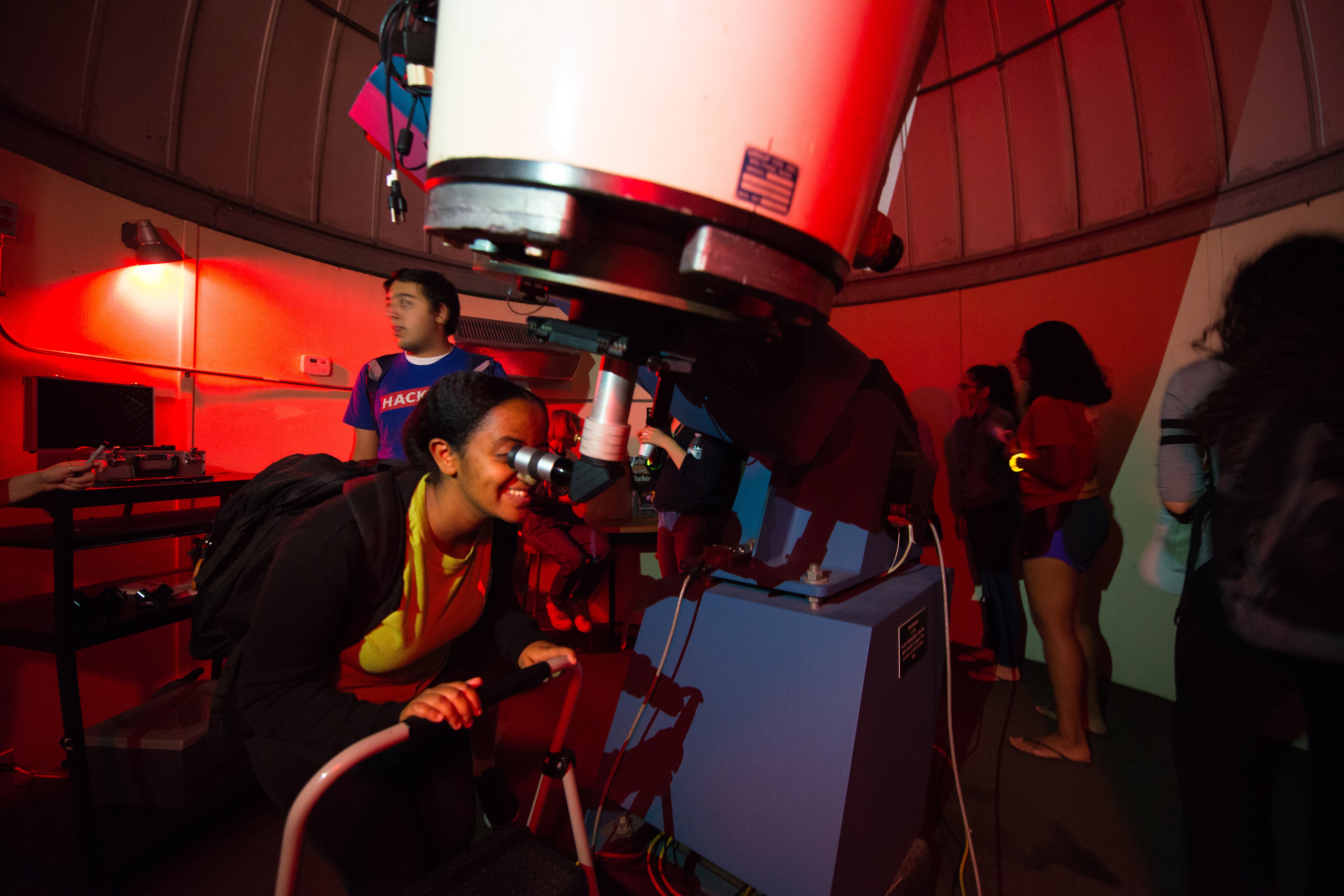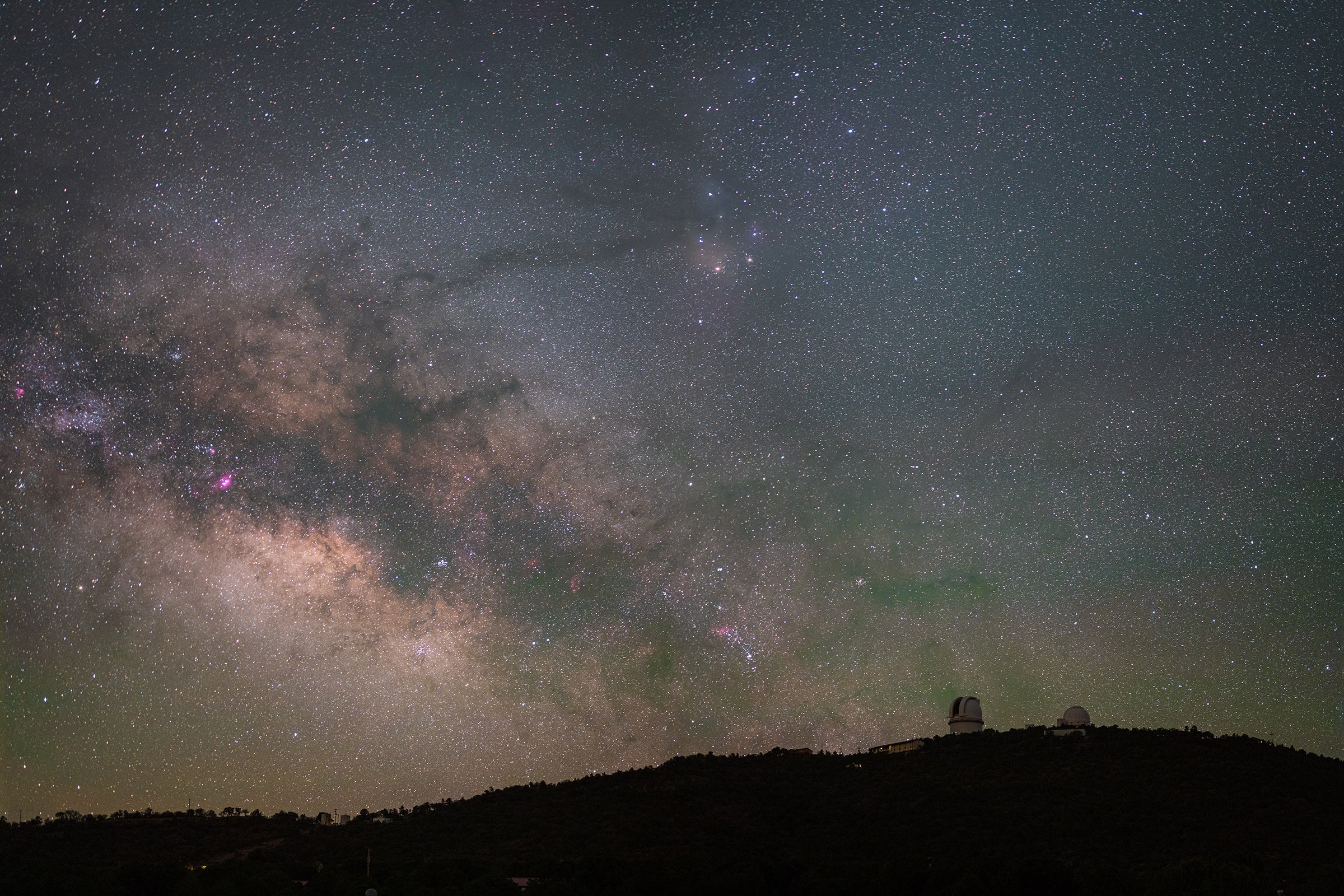Events
Jan
15
2025
Stars, Planets, and ISM Seminar
Stars, Planets, and ISM Seminar
Planning meeting
12:00 pm – 1:00 pm • In Person
Jan
15
2025
Public Star Party on UT Campus
Join the astronomy department for a free weekly public star party on the roof of the Physics, Math and Astronomy Building (PMA).
7:00 pm – 9:00 pm • In Person
Jan
15
2025
Live Deep Sky Tour: Life Cycle of Stars
Join McDonald Observatory to explore the birth, life and death of stars.
7:30 pm • Virtual
Jan
17
2025
Public Star Party on UT Campus
Join the astronomy department for a free public viewing at the Painter Hall telescope.
7:00 pm – 9:00 pm • In Person
Jan
18
2025
Public Star Party on UT Campus
Join the astronomy department for a free public viewing at the Painter Hall telescope.
7:00 pm – 9:00 pm • In Person
Jan
20
2025
Galaxies and Cosmology Seminar
Galaxies and Cosmology Seminar
Dr. Martin Luther King, Jr. Day - UT Closed
12:00 pm – 1:00 pm
Jan
21
2025
Astronomy Colloquium
Talk title and abstract TBA
3:30 pm – 4:30 pm • In Person
Speaker(s): TBD
Jan
22
2025
Public Star Party on UT Campus
Join the astronomy department for a free weekly public star party on the roof of the Physics, Math and Astronomy Building (PMA).
7:00 pm – 9:00 pm • In Person



